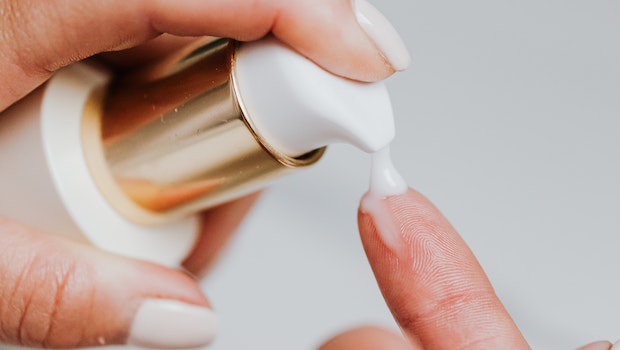Discovering Dewey Skin Care: The Secret to Radiant, Healthy Skin
In the bustling world of skincare, where trends come and go like passing clouds, there’s a brand that’s been quietly revolutionizing the way we approach skincare – Dewey Skin Care. With a commitment to natural ingredients, scientific innovation, and a focus on achieving that elusive “dewy” glow, Dewey Skin Care has garnered a loyal following…









